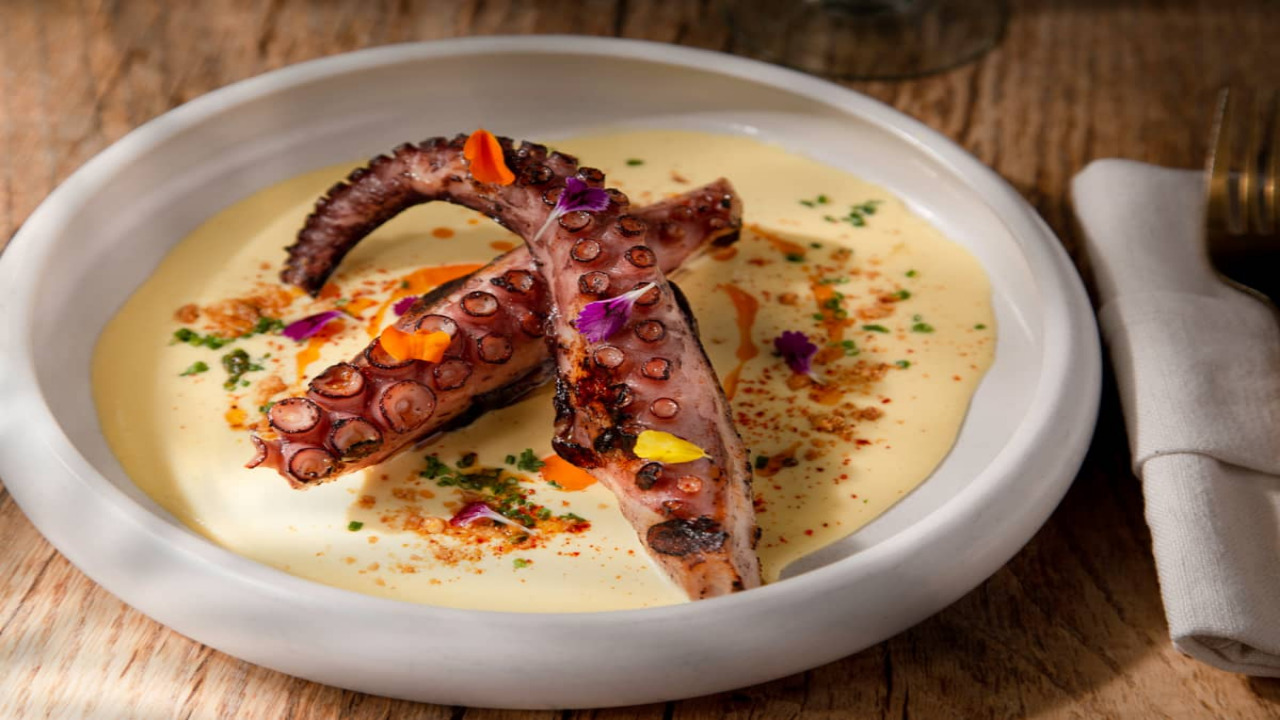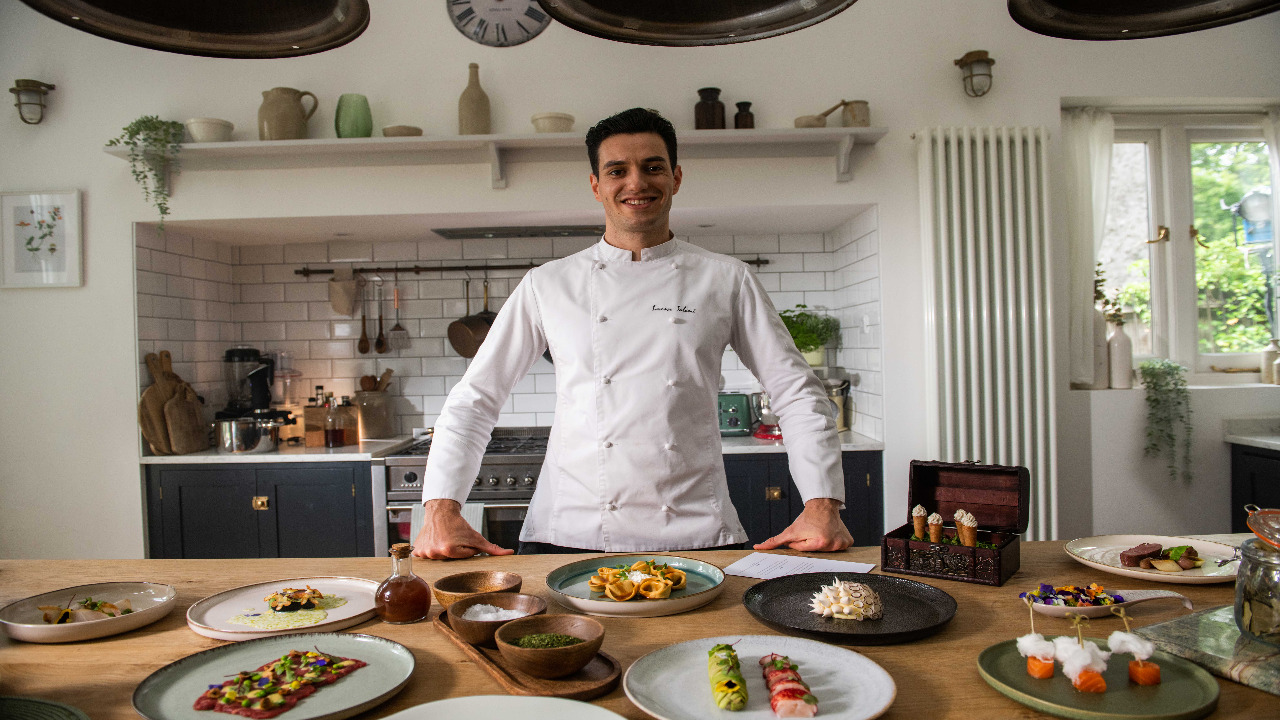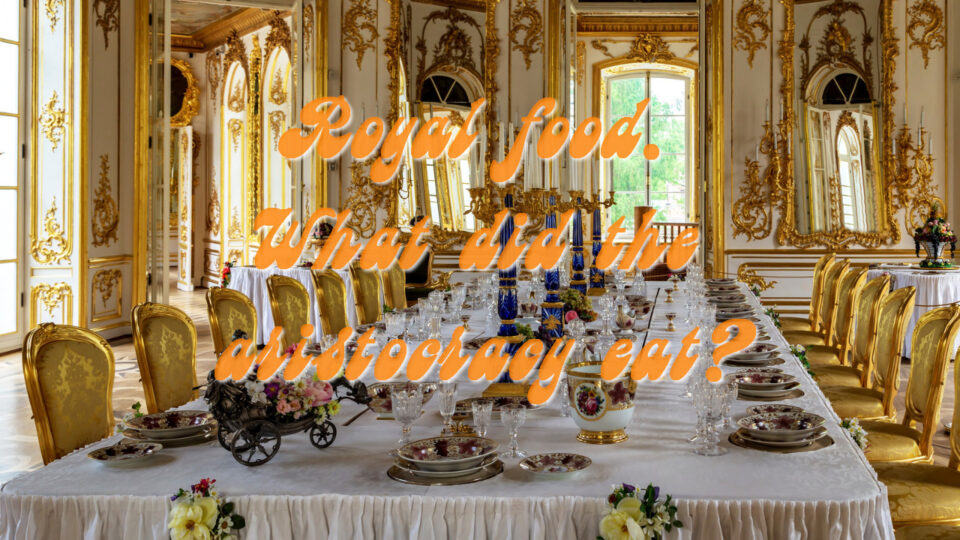The history of royal food is a tantalizing journey that offers a glimpse into the lavish lives of aristocracy. From sumptuous feasts to rare delicacies, the dining tables of kings and queens have been adorned with opulence and extravagance. The world of royal cuisine is a reflection of not only culinary mastery but also the grandeur and power associated with royalty.
Culinary Opulence: A Glimpse into Aristocratic Dining
When it comes to royal food, one cannot ignore the sheer extravagance that defined aristocratic dining. The tables were laden with dishes that showcased the best ingredients and culinary techniques of the time. Among the most renowned delicacies was the revered royal beluga caviar, a symbol of exclusivity and refinement that graced the plates of the elite.
Feasts Fit for Kings and Queens
Royal banquets were not mere meals; they were events of grand proportions. Lavish feasts were hosted to celebrate victories, marriages, and other significant occasions. These feasts featured an array of dishes, often including rare meats such as peacock and swan. Exotic fruits and spices were imported from far-off lands to impress and indulge the guests.
Exotic Delicacies and Rare Ingredients
Aristocracy had access to ingredients that were considered rare and luxurious. Royal beluga caviar, sourced from the sturgeon fish, was a delicacy that remained a favorite among the royals. Spices like saffron and cinnamon, which were costly and hard to obtain, were generously used to enhance the flavors of dishes.
Artistry on the Plate: The Visual Feast

Food in the royal courts was not just about taste; it was also a form of artistic expression. Elaborate presentations and intricate decorations turned each meal into a visual masterpiece. Cooks and chefs took pride in their creations, sculpting edible sculptures and arranging dishes in aesthetically pleasing patterns.
Intricate Etiquette and Formal Dining
Aristocratic dining was not only about what was served but also about how it was consumed. Strict etiquette governed the behavior of both hosts and guests. Elaborate rules defined everything from seating arrangements to utensil usage. The royal beluga caviar might have been accompanied by a specific set of rituals that highlighted its exclusivity.
Changing Tides: Evolution of Royal Cuisine

As time passed, the dynamics of royal food began to shift. With changing social and political landscapes, the emphasis on opulent feasts started to wane. Modernity brought forth a more understated approach to dining, with a focus on healthier and simpler options. Even the once highly sought-after royal beluga caviar saw changes in availability and consumption due to environmental concerns.
Legacy of Royal Gastronomy
The legacy of royal gastronomy extends beyond palaces and courtly life. Many dishes that originated in royal kitchens have trickled down to common culinary traditions. Techniques and recipes that were once closely guarded secrets are now celebrated and shared, bridging the gap between the aristocracy and the masses.
Conclusion
The history of royal food provides a fascinating insight into the opulent lives and refined palates of the aristocracy. From the extravagant feasts to the exotic ingredients, every aspect of royal cuisine tells a tale of luxury, power, and artistic expression. While the era of extravagant banquets might have evolved, the influence of royal gastronomy continues to shape culinary traditions to this day.
